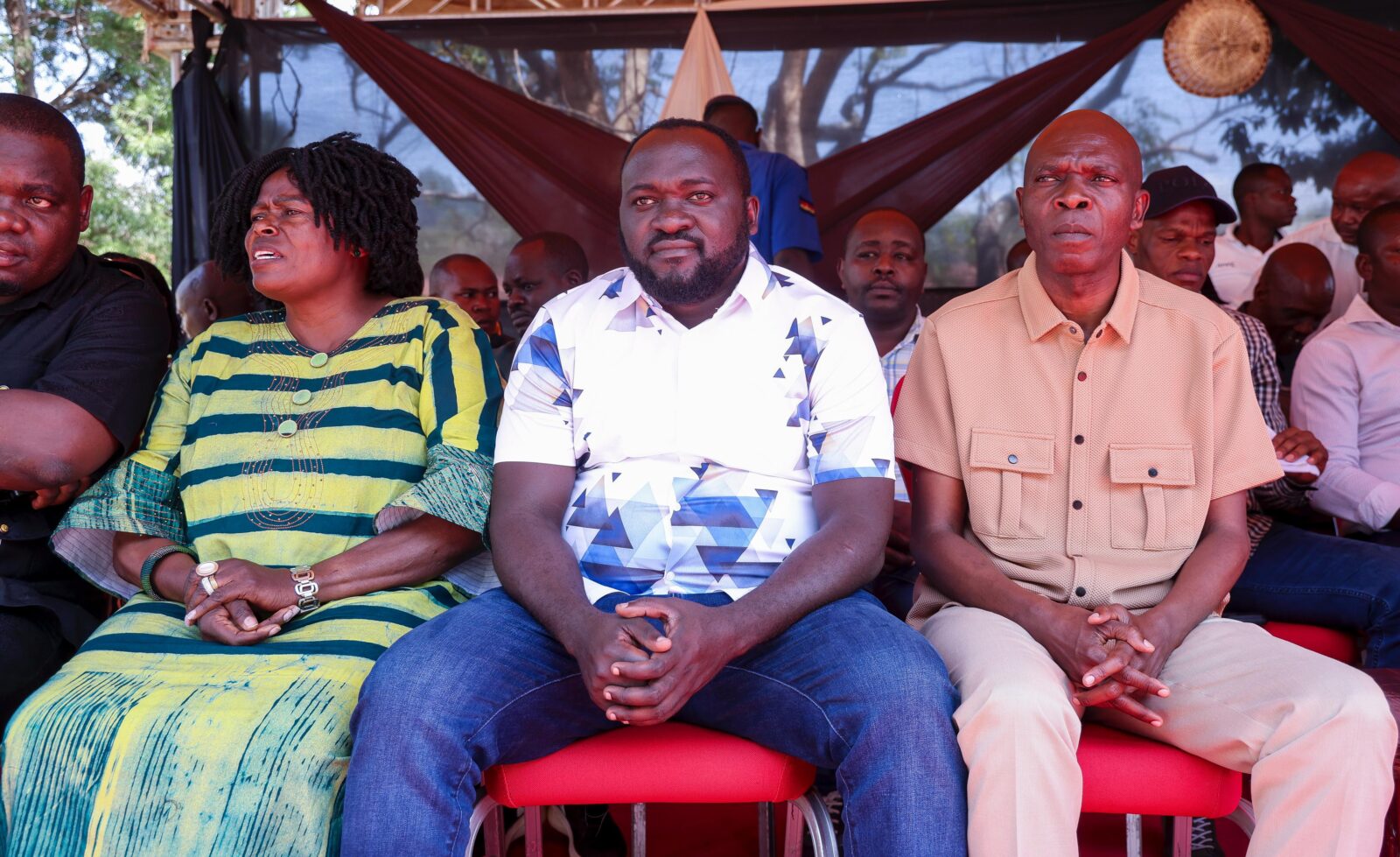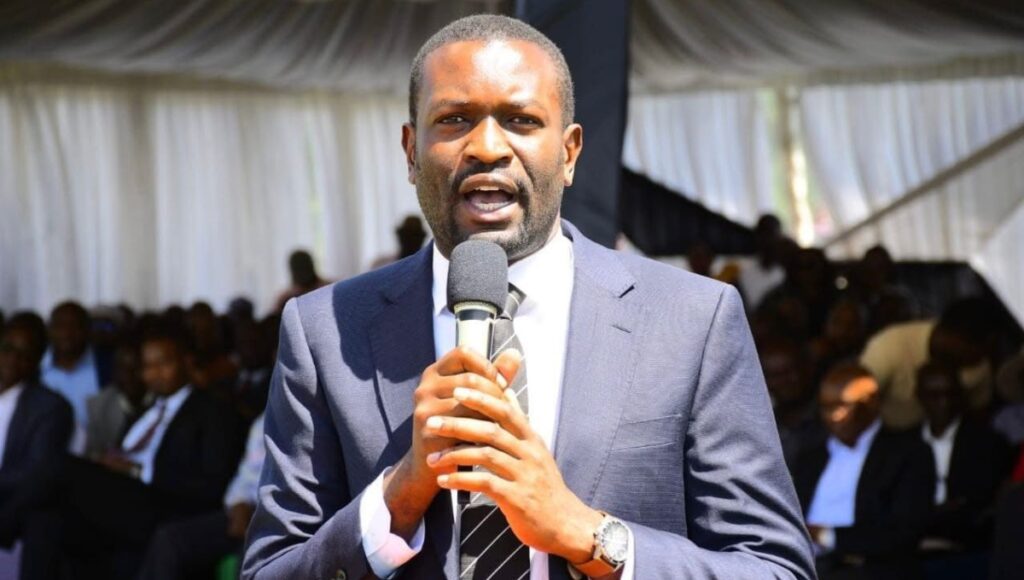Absa Bank Kenya Plc posted a resilient first-half performance for 2025, with earnings per share (EPS) rising 9.1% year-on-year to KES 2.15. Net income came in at KES 11.7 billion, driven by disciplined cost management and a sharp reduction in loan loss provisions, even as interest income and forex trading faced pressure.
Absa’s Interest Income Dips
Net interest income (NII) fell 2.9% y/y to KES 22.3 billion, weighed down by an 18.2% y/y drop in interest income from loans and advances. The average yield on loans eased to approximately 14.4%, down from 17.2% in 1H24, as Absa priced in anticipated Central Bank Rate (CBR) cuts by slashing its internal benchmark rate.
The loan book contracted 3.6% y/y to KES 304.9 billion, with consumer and business banking segments declining 8.0% y/y. Corporate banking, however, edged up 1.0% y/y. Management cited tighter credit criteria and a shift toward short-term lending as key drivers of the subdued lending activity.
Flight to Government Securities Pays Off
Absa’s flight to safety proved timely, with holdings in government securities surging 70.3% y/y to KES 162.4 billion. This move drove a 53.7% y/y increase in interest income from government papers to KES 6.6 billion, helping offset the decline in loan-related income and reflecting a cautious liquidity strategy.
Cheaper Deposits Cushions Absa’s Margins
Interest expenses dropped 21.3% y/y to KES 7.6 billion, supported by a 24.6% y/y decline in interest paid on customer deposits. The cost of deposits improved to approximately 3.7%, down from 5.0% in 1H24, as the bank leaned into cheaper transactional deposits (CASA deposits +7.0% y/y). Overall deposit growth stood at 2.3% y/y, reaching KES 361.3 billion.
Despite these gains, net interest margin (NIM) contracted to 9.6%, down from 10.3% in 1H24, reflecting broader yield compression across the sector.
Fee Income Grows
Non-interest revenue (NIR) rose 3.3% y/y to KES 9.1 billion, supported by a 13.8% y/y increase in fees and commissions. Other fees and commissions jumped 21.0% y/y to KES 3.6 billion, driven by higher service charges and growing customer numbers. However, income from forex trading fell 14.3% y/y to KES 3.1 billion though this was a milder contraction compared to Tier I peers.
Other operating income surged 20.2% y/y to KES 1.9 billion, likely reflecting growth in bancassurance, asset management, and securities services.
Lean Operations and Lower Provisions Drive Profitability
Operating expenses before impairments were contained at KES 11.4 billion (+0.5% y/y), with staff costs rising modestly (+1.9% y/y) and other operating expenses declining (-2.1% y/y). Depreciation and amortisation increased 7.4% y/y to KES 593.7 million.
Loan loss provisions were slashed by 37.9% y/y to KES 3.2 billion, significantly boosting profitability. Operating profit before impairments dipped 2.1% y/y to KES 20.0 billion, while the cost-to-income ratio rose slightly to 36.4% from 35.0% in 1H24.
Dividend Maintained
The Board has recommended an interim dividend of KES 0.20 per share-unchanged since 2022 subject to shareholder approval. The proposed book closure date is September 19, 2025. The consistent payout signals stability, though the conservative ratio reflects caution amid macroeconomic uncertainty.












